Is the Pursuit of Happiness Forgotten in the Pursuit of the American Dream?

We have all been taught that owning a home is the American dream. We know that the purchase of a home is one of life’s most significant decisions and one’s most significant design decision. (Well, maybe you have just heard that from me.) We all know America and its culture are founded on the pursuit of happiness. And yet when most people buy a home, they put happiness on the back burner which robs them of the rich experience of living in a home that makes them happy every day. They do not treat the purchase of a home as their most meaningful design decision. Is it surprising then that so few people really love their home and love living in it? However, people who love their homes passionately usually approached the purchase differently than those who don’t.
Homeowner Makes Inspired Comments

As an example, I asked a friend to share his thoughts on this. He and his wife love their home and he had this to say:
“I think that we most strongly feel the presence of our house when we are sitting in our library at the end of the day to read, relax, and reflect. I can look through the opening in the library wall and into the living room and then through the glass window in the living room wall to see my neighbor’s tall crepe myrtles, frequently swaying in the wind. When I leave the library, I walk along the upper gallery that gives me the opportunity to look again into the living room from a different point of view and out to the pool courtyard.
The strongest point of this house to me is its multiple viewpoints, compounded by the changing nature of the light that works its way through the house during the day.
People frequently ask us, ‘What part of the house do you actually live in?’ We always answer, ‘All of it.’ The reason is that we are looking at our entire house as we move through it during the day. Thus, a trip from the downstairs bedroom to the upstairs office is practically an exploration. We might see something in a new light. Because of all of our windows and multiple courtyards, we see the outside of our house and our gardens often during the day. Sometimes while I am eating lunch in the breakfast room, I marvel at the fact that I can look out the window there and not see another house. Thus, I can pretend I am in my country house while I am there.”
In contrast, most homeowners talk about their home as it relates to the real estate market and tired and wrong real estate clichés (i.e., how they bought the least expensive property on the street), the good deal they got, how they achieved a statistical victory by buying below the average price per square foot, how they paid less than their neighbor or maybe even less than the previous owner or less than the next buyer on the block.
How Often Do We Hear a Homebuyer Say Their Home Makes Them Smile Every Day?


Here are some examples of what makes a homeowner smile. Pleasing proportions of the rooms fill a homeowner with an aesthetic calm; the sun circling the four corners of the home through the day and that illuminates every room, creates joy; breezes deliberately captured on the veranda bring comfort and a sense of freedom; or the views of nature: green trees and blue water immerse one in a nature consciousness, rather than the blank walls of neighboring homes. The people who love their homes talk about how their home is sited with views; the people who just like their homes talk generically about the neighborhood. And yet that homeowner with a smile may not have paid any more per square foot than the owner who was preoccupied with price.
What gives a home its real value? What characteristics foster happiness and joy and even wonderment? On the flip side, what are the characteristics that most buyers take into consideration as they ignore the aesthetic criteria that would make them happy? Most people buying a home have a checklist of amenities, a predetermined preference for a certain style, an inventory of rooms, and criteria such as school districts and price.
Most Homebuyers Search For Generic Style Preferences and Amenities
The following are some typical priorities for most home buyers who make aesthetics and happiness in a home a lower priority:
They search for a home in a good school district. Within a desired school district buyers often say: “There are not any homes here we like, but we want to be here for our children and this house will do for now.” In essence, the home becomes a school dormitory for the children.
Often homebuyers search for a home that has an architectural façade that represents how they see themselves or how they would like to be perceived. Whether they prefer English Tudor, Modern or Mediterranean, it is a little like slapping a bumper sticker on their car to reinforce their personal identity. Bumper sticker styles become problematic when personal interests or tastes evolve.
Buyers often search for a home as a stage for an interior designer to create a set design. Eventually the decorations quickly become stale and any lingering excitement for the home soon evaporates.
Often buyers will look for a home that will look good with their furniture or they will bring a tape measure with them as they are looking for a home that will fit their furniture. This is in contrast to buyers looking foremost for a wonderful home and then finding the furniture that will accentuate the space.
Many Homebuyers Search for a Set of Statistics and Inventory of Amenities
While pragmatic, none of these considerations would ultimately rank very high in the happiness quotient of living in a home. Styles come and go, needs for rooms change, technology renders some spaces obsolete, more charter and private schools render public school districts less important.
But on top of the typical checklist of “wants” in a home, most home buyers are consumed with gaining a statistical edge on other buyers. This is true regardless of whether the price is a few hundred thousand or many millions of dollars. I do not know of any other investment that people take so personally. I have seen sophisticated investors in a down market meltdown at the thought of losing a few percentage points of the purchase price at the time they sell their home when they routinely realize losses or gains of millions of dollars in other markets or investments without flinching. Ironically, the home buyers consumed with gaining a statistical edge on the purchase of a property generally realize far less appreciation than those buyers who emphasized the aesthetics of a home, the site of a home, and the qualities of a home that generate happiness when living in it. That is because structures depreciate and fashion trends go out of style, but the appeal of aesthetically sound homes remains current and resonates with the homeowner.
The Characteristics of Homes People Really Love
People who really love their home discovered a home with a more enlightened sets of attributes.
A Great Site
Buyers who found a great site, not just a good location are the ones who feel good every day.

A great site is not just the land it is on, but what is next to it and in the distance. What a difference in your day if you are able to look out at a meadow, a park, a river, an ocean, or the private gardens of a large estate.
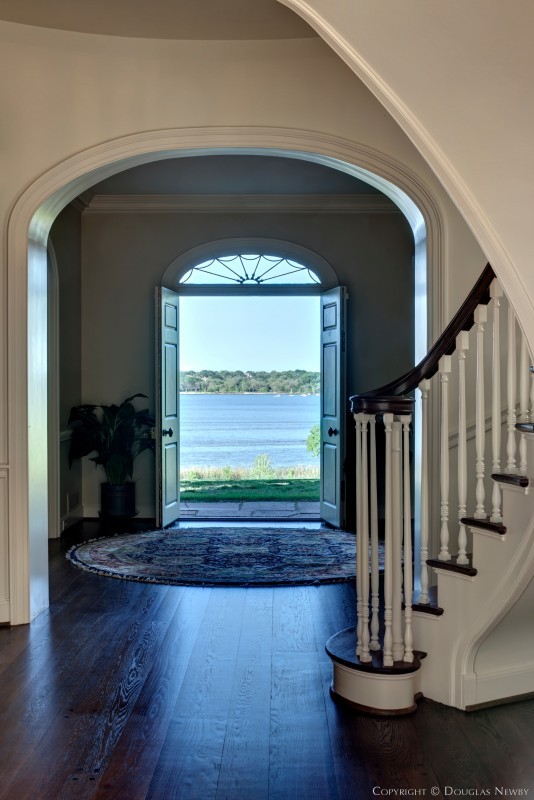
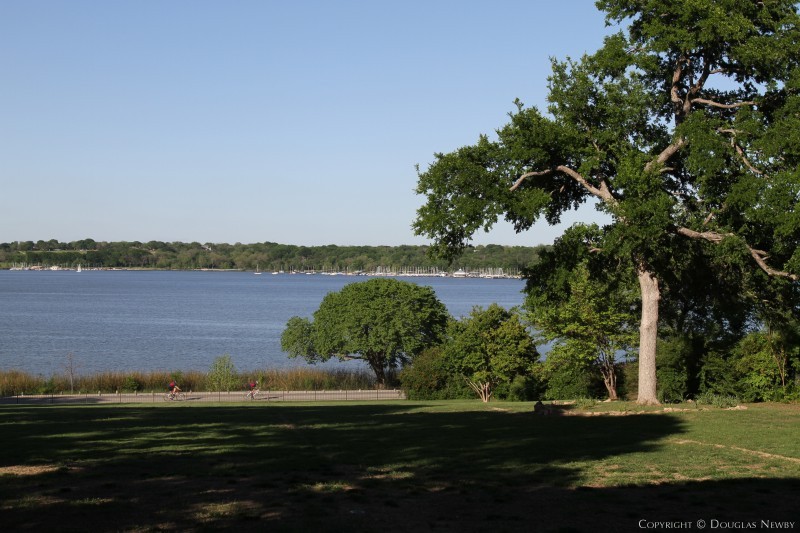
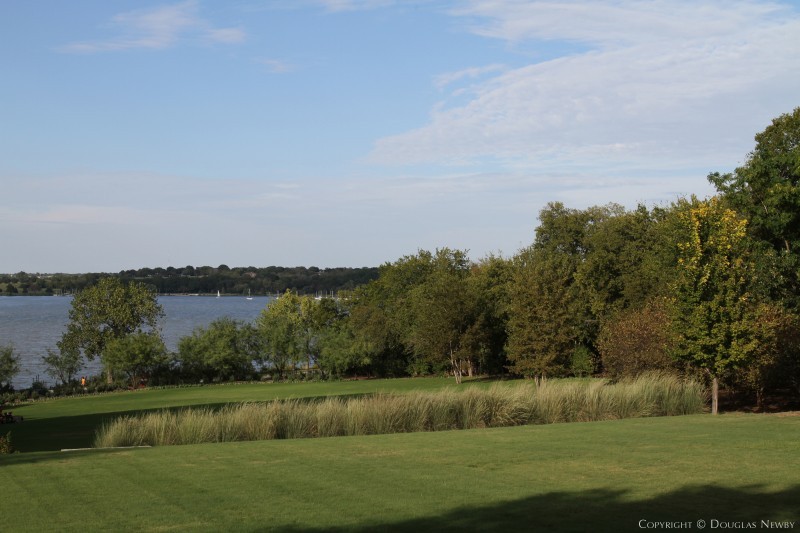
A Vibrant Setting
Homeowners love living in a vibrant setting. When they look outside and see interesting neighbors, an eclectic mix of people, or see the vibrancy of nature with calls of competing songbirds, they have a profound appreciation of their home and the nature that surrounds it.

Homes Accentuated by Nature
Exhilarated homeowners have homes that relate to the outdoors. People have a special affection for their home when the winter sun, low on the horizon, will rake across their floors and ceilings or when they view nature through the windows and those visual vignettes become the decoration for the home.


Sunlight From Three or Four Directions
When I am visiting a home an owner really loves, I find it remarkable how often I can stand in a room and be able to see outside in three or four directions. Also, whether it is a traditional or modern home, it has a floor plan that allows sightlines into several different rooms and creates an environment that is elegant and relaxed.

Living in Every Room of Home
Homeowners who passionately enjoy their home will say to me that they live in every room of their home. How often do we hear the opposite from others who don’t passionately enjoy their home? Many actually live in only a third of their house and some rooms they seldom enter.

Flexibility in Use of Rooms
A beautiful space is a thrilling space regardless of how it is used. It is satisfying and fun for a homeowner who can easily repurpose a room as needs, interest, or technologies evolve. These spaces that can be purposefully transformed are in a stark contrast to homes with a very strict hierarchy of rooms with prescribed purposes assigned to each one of them. Narrowly used unpleasant living rooms or stadium seating media rooms over the garage or in a bonus space quickly come to mind.

Classical proportions and a subdued or exuberant design can architecturally excite a homeowner for years. Pronounced architectural embellishments thrown at the surfaces of either a modern or traditional home can become caricatures of themselves.
Positive Evolution of Neighborhood
There is nothing like a neighborhood that is evolving in a positive way to make a homeowner fall in love with their home all over again. Homeowners can be very happy and enjoy the adrenaline of living in a dangerous, run-down neighborhood if every day the neighborhood gets better. By the same token, homeowners become very unhappy in a very expensive neighborhood if it is evolving in a slightly negative way, whether fraying at the edges or obnoxious new homes being built nearby.
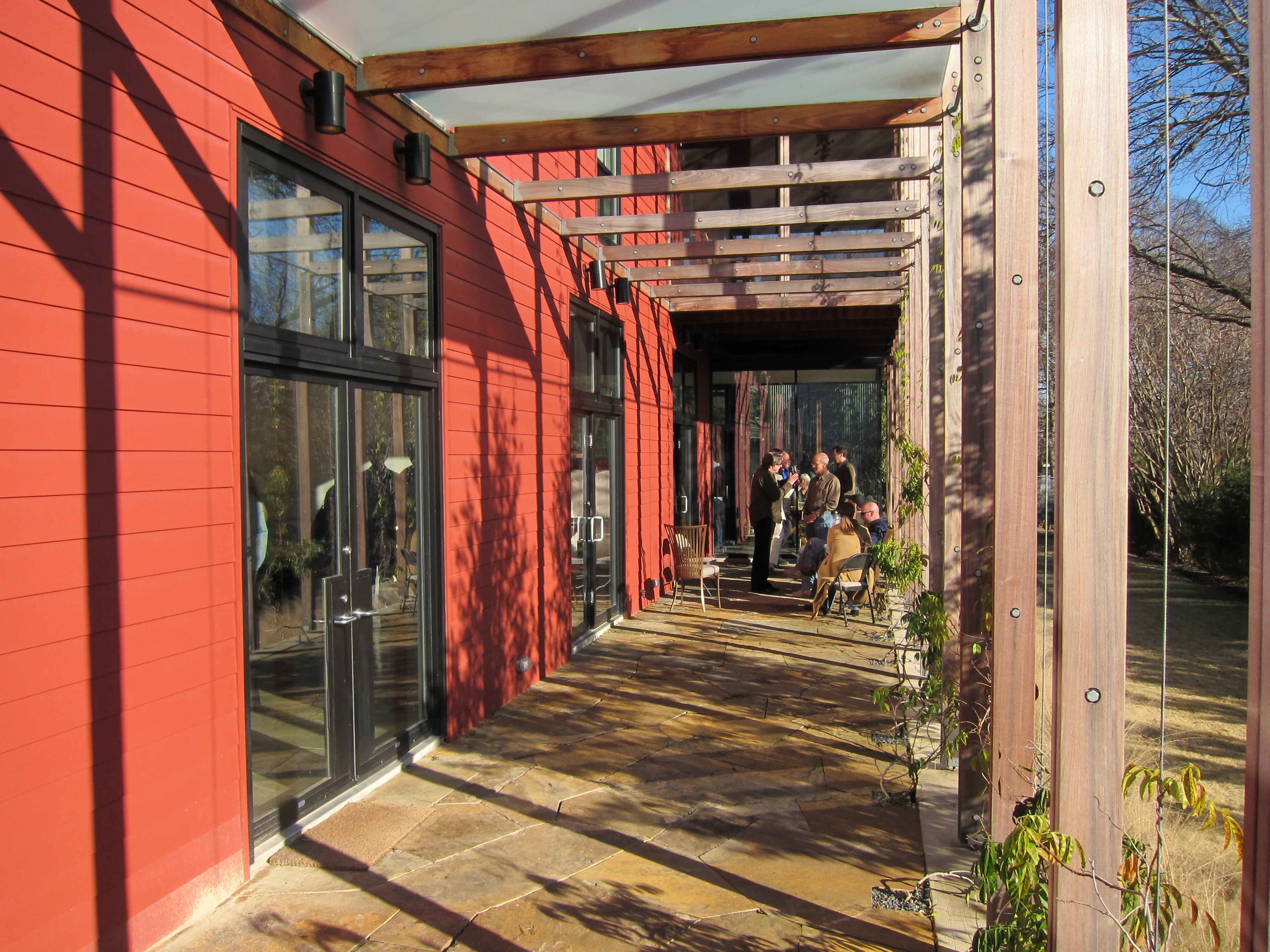
Design and Renovation Fosters Affection
The bond that develops between an owner and a home through the process of design and renovation is incredible. Renovating a home allows one to better understand the nuances of the home and what it is trying to express. There are always moments during the design dialogue, sometimes better described as a battle between a house and owner, but in the end both sides yield a bit and there is an everlasting love affair.

A Dynamic Neighborhood
A dynamic neighborhood keeps the feelings for a home fresh. A neighborhood with people of different ages and interests keeps it vibrant. A home one loves is both a private sanctuary and one that links to nature and the community.
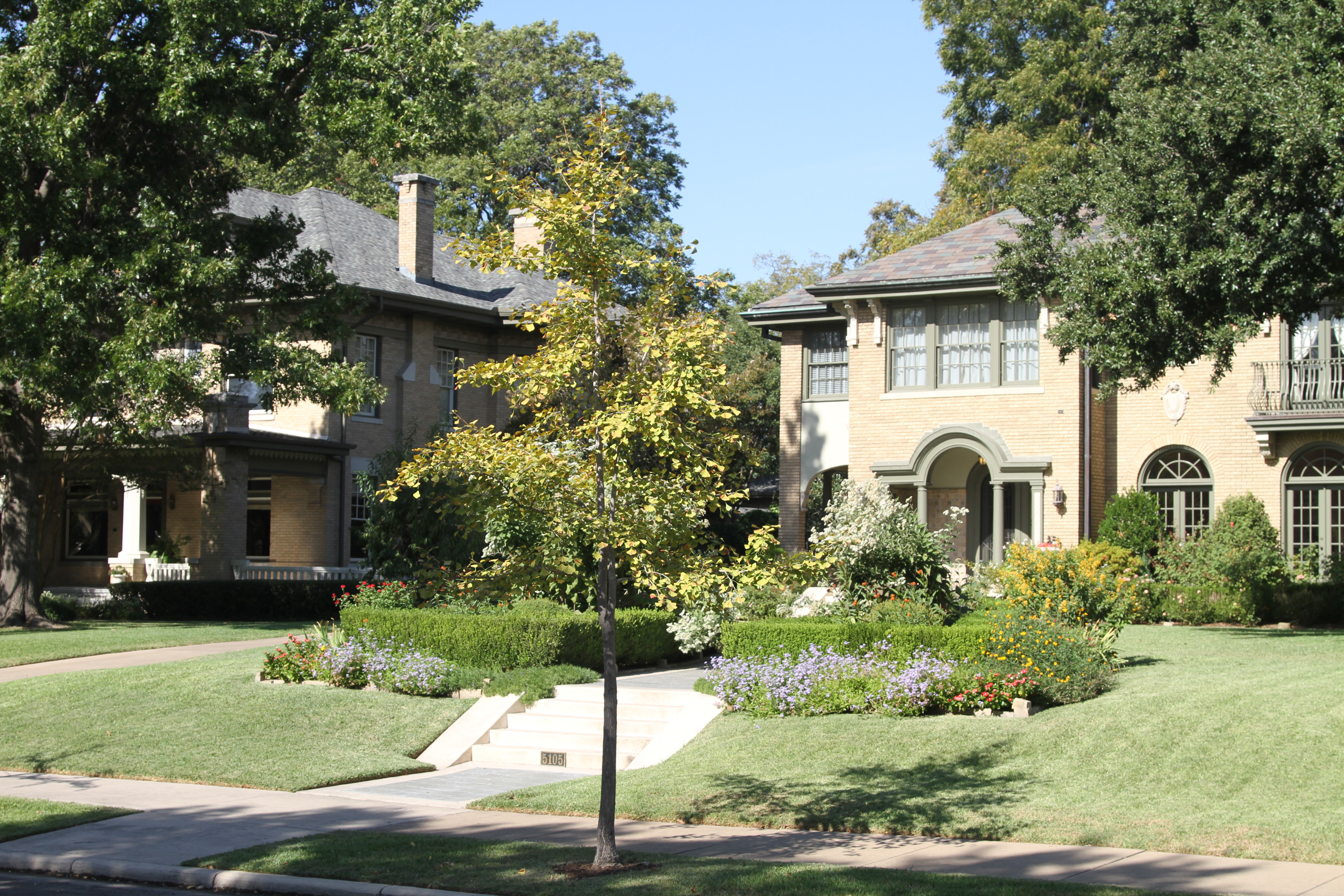

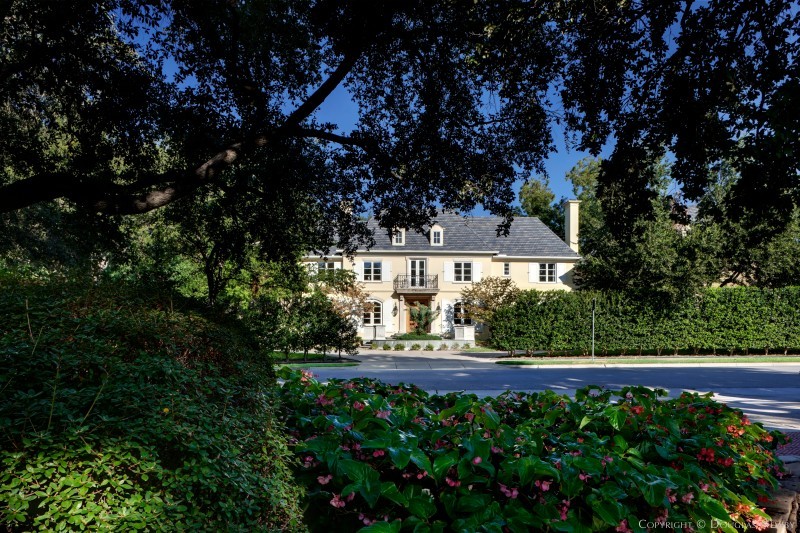
Architect-Designed Homes
Homeowners love homes that are architect-designed. Over the years I have noticed that if someone grew up in an architect-designed home, that person is likely to retain an architect to design his or her home as an adult. These homeowners appreciate that an architect-designed home has a point of view, a purposeful floor plan and pleasing proportions. All the things they come to love.

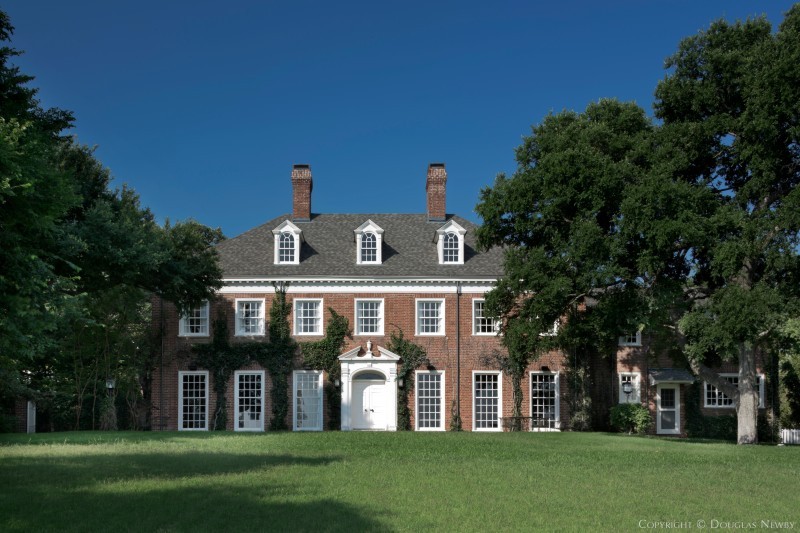
Viewing a home purely as a style, a size, a statistic, as an investment, or a portal to a particular school district, is not a recipe for happiness in the home, nor is it a reliable route to appreciation in value. Viewing a home as a place that generates happiness brings joy as well as economic appreciation. Happiness in a home nurtures and empowers us to make a great contribution to the community. The pursuit of happiness in a home should be the fundamental goal of the American dream.

Please email me at dnewby@dougnewby.com to let me know why you love your home.

